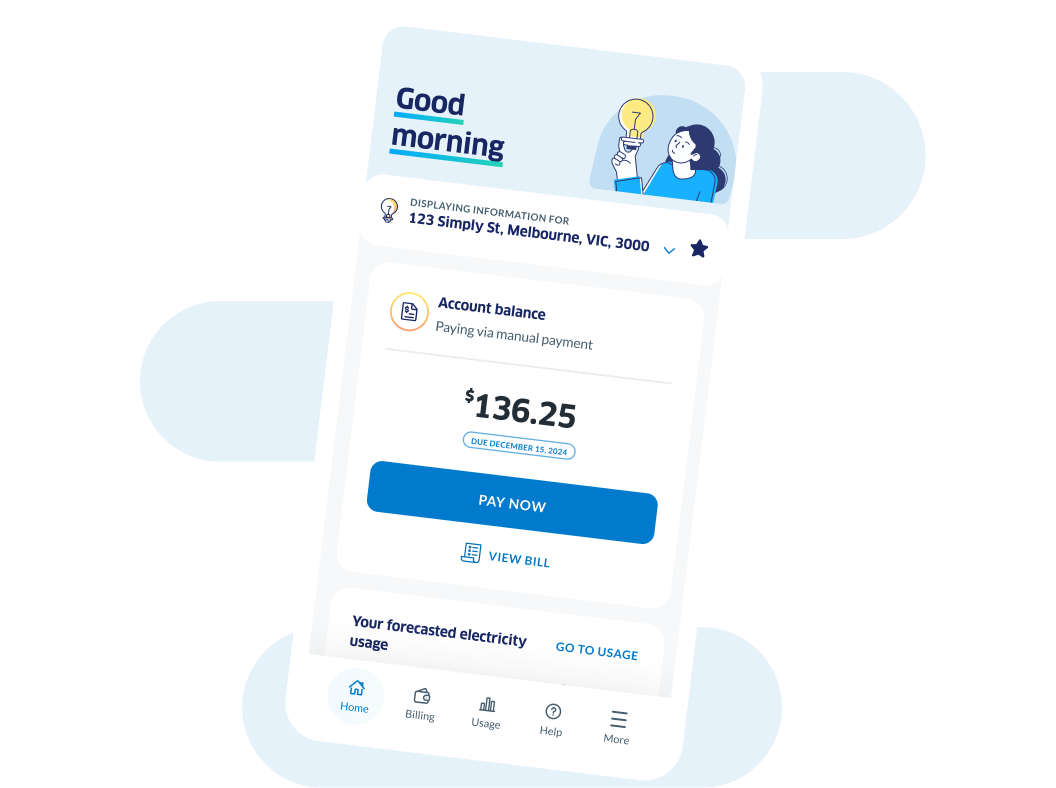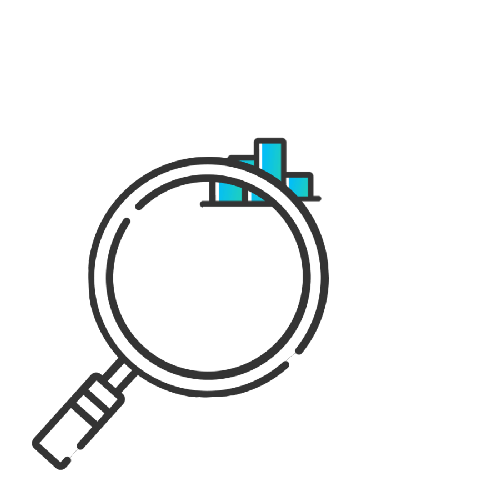Error message title

Error message title
Searching great energy plans for you

Simply Energy is now ENGIE
From now on, Simply Energy will be known as ENGIE.
We’re still delivering great value on your energy, but with a renewed focus on innovative solutions.
Being part of a global network, we're taking advantage of a wealth of collected knowledge, technology and innovative renewable energy resources.
We're all about value for today and innovation for tomorrow.
Why Choose ENGIE?
Committed to making net zero the hero
ENGIE's ambition is to be net-zero by 2045.
Global Expertise
A global company with a presence in over 30 countries
You’re in Safe Hands
We proudly power 400,000+ homes and businesses across Australia.
No Exit Fees
Enjoy freedom and affordability, with no lock-in contracts or exit fees

Our renewable energy projects
We invest in a mix of energies, including renewable sources such as wind and solar, to generate power.
We're working hard to reach net zero and are committed to innovative technology and solutions to help us do so.

Excellent at managing your energy
The MyENGIE app puts you back in control.
With the ability to toggle between your accounts, monitor your energy usage, pay and view your bills securely and get the support you need, MyENGIE puts power in the palm of your hand.


